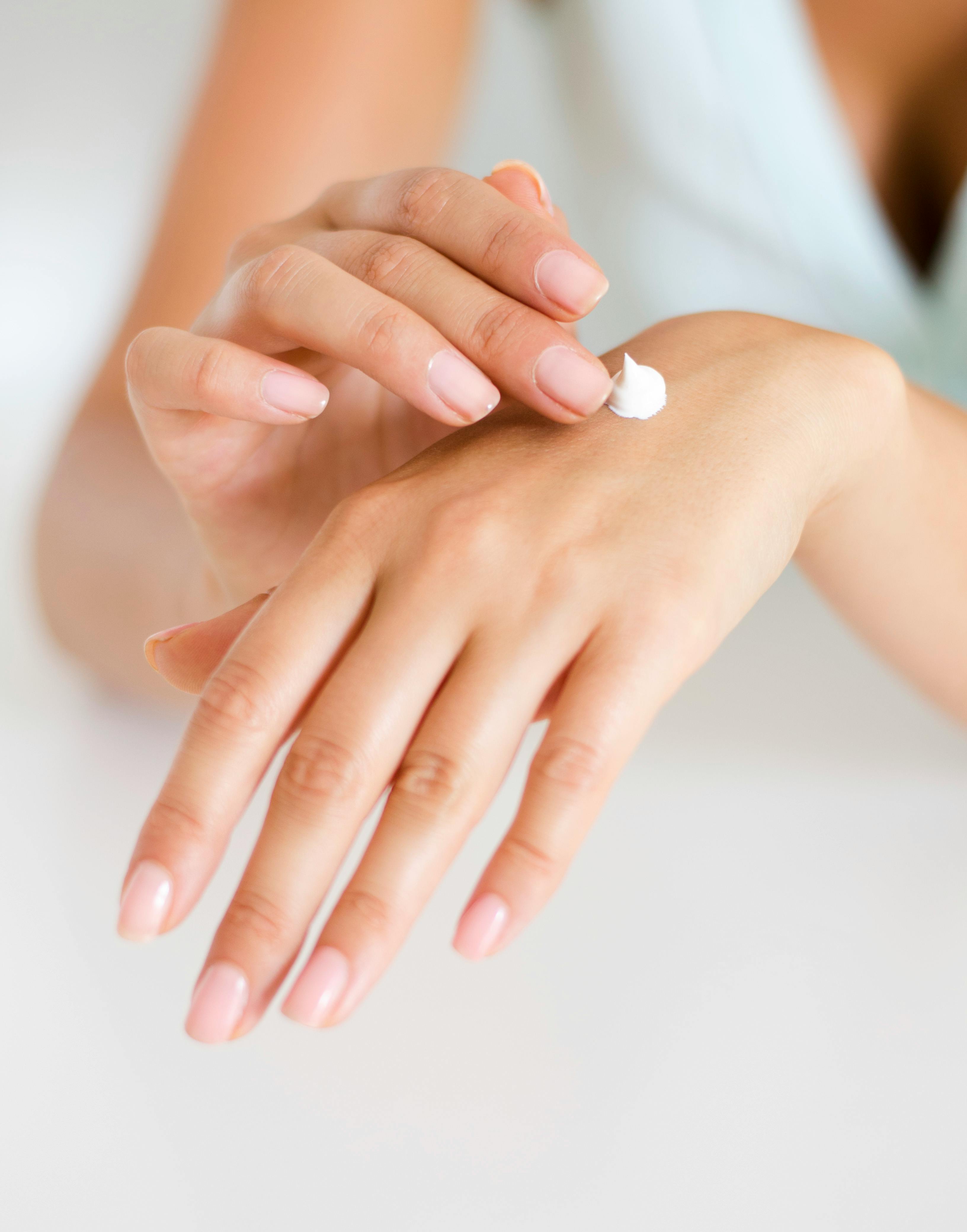Understanding Age Spot Treatment: What Options Might Help
Age spots, also known as liver spots or solar lentigines, are flat, brown or black spots that commonly appear on sun-exposed areas of the skin as we age. While these pigmented areas are generally harmless, many people seek treatment options to reduce their appearance for cosmetic reasons. Understanding the various treatment approaches available can help individuals make informed decisions about addressing these common skin concerns.

What Are Age Spots and Why Do They Appear?
Age spots develop primarily due to prolonged exposure to ultraviolet (UV) radiation from the sun or artificial sources like tanning beds. Over time, melanin—the pigment that gives skin its color—accumulates in certain areas, creating these darkened patches. The spots typically appear on areas most frequently exposed to sunlight, including the face, hands, shoulders, arms, and upper back.
Several factors contribute to age spot formation beyond sun exposure. The natural aging process slows down cell turnover, allowing pigmented cells to cluster together. Genetics also play a role, as some individuals are more predisposed to developing these spots than others. Fair-skinned people often notice age spots earlier and more prominently, though they can affect all skin types. Hormonal changes, certain medications, and environmental factors may also influence their development.
What Treatment Options Might Be Considered?
Various treatment approaches exist for addressing age spots, ranging from topical treatments to professional procedures. Topical treatments include prescription retinoids, hydroquinone creams, and kojic acid preparations, which work by gradually lightening the pigmented areas over several months. These treatments require consistent application and patience, as results typically become visible after 6-12 weeks of regular use.
Professional treatments offer more immediate and dramatic results. Laser therapy uses focused light beams to break down melanin deposits, allowing the body to naturally eliminate the pigmented cells. Chemical peels involve applying acid solutions to remove the outer layers of skin, revealing fresher, more evenly-toned skin beneath. Cryotherapy freezes age spots with liquid nitrogen, causing the treated areas to peel off within days or weeks.
Intense pulsed light (IPL) therapy represents another popular option, using broad-spectrum light to target pigmented areas while leaving surrounding skin unaffected. Microdermabrasion and dermabrasion procedures physically remove the outer skin layers, though these methods require longer recovery periods and may not be suitable for all skin types.
Important Considerations Before Starting Treatment
Before pursuing any age spot treatment, consulting with a qualified dermatologist or skincare professional is essential. They can properly diagnose the spots and rule out more serious skin conditions that may appear similar to benign age spots. A professional evaluation ensures that the chosen treatment approach aligns with individual skin type, medical history, and aesthetic goals.
Different treatments carry varying risks and side effects. Topical treatments may cause skin irritation, redness, or increased sun sensitivity. Professional procedures might result in temporary swelling, changes in skin pigmentation, or scarring in rare cases. Understanding these potential outcomes helps individuals make informed treatment decisions.
Sun protection becomes crucial both before and after treatment. Continued UV exposure can worsen existing age spots and create new ones, potentially undermining treatment results. Daily sunscreen application, protective clothing, and limiting sun exposure during peak hours form essential components of any age spot management strategy.
Costs of Common Age Spot Treatments
Treatment costs vary significantly depending on the chosen method, geographic location, and provider expertise. Understanding typical price ranges helps individuals budget appropriately and compare options effectively.
| Treatment Type | Typical Cost Range (INR) | Sessions Required | Duration |
|---|---|---|---|
| Topical Creams | 1,500 - 5,000 | Daily application | 3-6 months |
| Chemical Peels | 3,000 - 8,000 per session | 3-6 sessions | 2-4 months |
| Laser Therapy | 5,000 - 15,000 per session | 2-4 sessions | 1-3 months |
| IPL Treatment | 4,000 - 12,000 per session | 3-5 sessions | 2-4 months |
| Cryotherapy | 2,000 - 6,000 per session | 1-2 sessions | 2-4 weeks |
Prices, rates, or cost estimates mentioned in this article are based on the latest available information but may change over time. Independent research is advised before making financial decisions.
Topical treatments generally offer the most budget-friendly option, though they require longer treatment periods and may show less dramatic results. Professional procedures typically cost more upfront but often provide faster, more noticeable improvements. Many dermatology clinics offer package deals for multiple sessions, which can reduce overall treatment costs.
Insurance typically does not cover age spot treatments since they are considered cosmetic procedures. However, some providers offer financing options or payment plans to make treatments more accessible. Before committing to any treatment, individuals should obtain detailed cost estimates and understand what follow-up care or maintenance treatments might be necessary.
Age spots represent a common skin concern that affects many people as they age. While numerous treatment options exist, from affordable topical solutions to advanced professional procedures, the key lies in understanding individual needs and choosing appropriate methods. Consulting with qualified professionals, maintaining realistic expectations, and prioritizing sun protection can help achieve the best possible outcomes in managing these pigmented areas safely and effectively.
This article is for informational purposes only and should not be considered medical advice. Please consult a qualified healthcare professional for personalized guidance and treatment.




